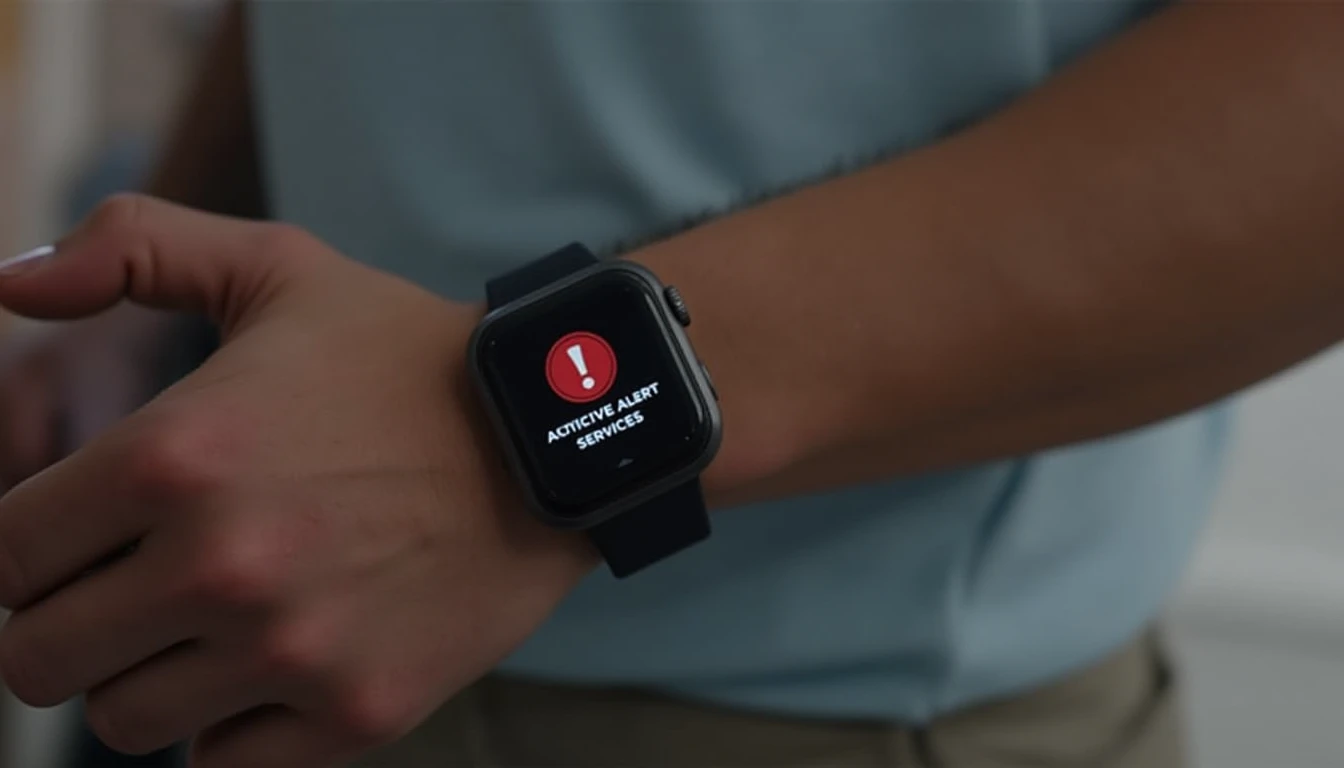The Integration of AI into Wearable Devices
Smart wearables are no longer just fitness trackers; they have evolved to become sophisticated tools that significantly enhance personal safety and security monitoring. By integrating artificial intelligence, these devices can predict potential threats, monitor user health in real-time, and provide actionable insights. This integration not only improves the accuracy of location tracking but also ensures a higher level of security for users.
One of the key advancements is the use of AI-driven algorithms that analyze data from multiple sensors embedded within wearables. These algorithms can detect unusual patterns or anomalies in movement, heart rate, and other vital signs. For instance, if a user exhibits an irregular heartbeat while engaging in routine activities, the device can alert them to seek medical attention promptly. This proactive approach not only enhances personal health monitoring but also serves as an early warning system for potential security threats.
Furthermore, AI-powered wearables are equipped with machine learning models that continuously learn and adapt from user behavior patterns. These models can predict emergencies or dangerous situations before they occur by analyzing data from various sources such as the environment, social interactions, and physiological responses. For example, if a wearable detects erratic movements in an area known for high crime rates during night hours, it can notify both the user and local authorities immediately.
Enhancing Location-Based Safety Features
The integration of GPS systems with AI has revolutionized how personal safety is monitored through wearables. These devices now offer real-time tracking that is not only accurate but also highly secure. The combination of precise location data and predictive analytics allows users to be continuously monitored, ensuring their whereabouts are always known.
One significant feature is the ability for smart wearables to integrate with geofencing technology. Geofencing uses GPS signals to create virtual boundaries around specific areas. When a user enters or exits these predefined zones, notifications can be sent to them and their designated contacts. This functionality is invaluable in situations where individuals need constant supervision or when parents want to monitor the activities of children.
In addition to geofencing, AI algorithms can predict potential risks within certain locations based on historical data and real-time information. For example, if a wearable detects that the user has entered an area with high crime rates at night, it can prompt them to take extra precautions or even suggest safer routes for navigation. This predictive capability not only enhances personal safety but also provides users with peace of mind by reducing uncertainty.
Leveraging Predictive Analytics for Proactive Security
Predictive analytics is a cornerstone of modern AI-driven wearables, providing users with advanced security features that go beyond traditional monitoring. By analyzing patterns in user behavior and environmental data, these devices can anticipate potential dangers before they occur, enabling proactive measures to mitigate risks.
One aspect of predictive analytics involves the use of machine learning models trained on vast datasets encompassing various scenarios and outcomes. These models can predict the likelihood of certain events occurring based on current conditions, such as weather patterns, traffic congestion, or even social unrest in a particular area. For instance, if heavy rain is expected in an area known for flooding, the wearable can alert users to avoid certain routes or suggest alternative transportation methods.
Moreover, predictive analytics enables wearables to provide personalized security recommendations tailored to individual needs and preferences. Users can set specific parameters regarding their safety thresholds, such as desired proximity to designated safe zones or acceptable levels of risk exposure. The device then uses this information in conjunction with real-time data to offer customized guidance on how best to ensure personal safety at all times.

Privacy Considerations in AI-Enabled Wearables
While the benefits of integrating AI into wearables for enhancing personal safety and security are undeniable, it is crucial to address the associated privacy concerns. Users must be confident that their sensitive information remains protected without compromising the functionality of these advanced devices.
One key aspect of maintaining user privacy involves robust encryption methods used in data transmission between wearable devices and cloud servers. End-to-end encryption ensures that only authorized parties have access to the transmitted data, preventing unauthorized interception or tampering. Additionally, implementing strong authentication protocols such as biometric verification further safeguards personal information from potential breaches.
Another important consideration is transparency regarding how user-generated data is utilized by device manufacturers and service providers. Clear privacy policies should outline specific uses of collected data, including any third-party sharing arrangements. Users should have control over what type of information they share and with whom, allowing them to make informed decisions about their digital footprint.
Seamless Integration with Emergency Services
AI-enabled wearables are becoming increasingly adept at integrating seamlessly with emergency services, providing users with immediate access to assistance during critical moments. This integration ensures rapid response times and can be the difference between life and death in emergencies.
One of the primary ways this is achieved is through automatic alerts sent directly to local authorities when a user encounters an urgent situation. These alerts include detailed information about the user’s location, health status, and any relevant contextual data collected by the wearable device. This streamlined process eliminates delays caused by manual reporting or miscommunication, ensuring first responders have all necessary details immediately upon arrival.
Additionally, wearables can be programmed to connect with designated contacts in case of emergencies, allowing family members or colleagues to monitor the user’s status remotely. In situations where immediate help is required but cannot be reached via traditional means, these devices provide an additional layer of support by facilitating direct communication between the individual and their emergency network.



